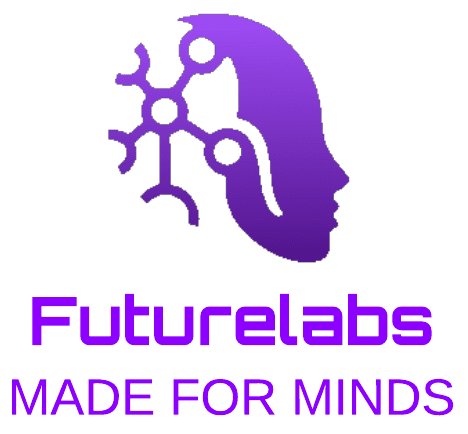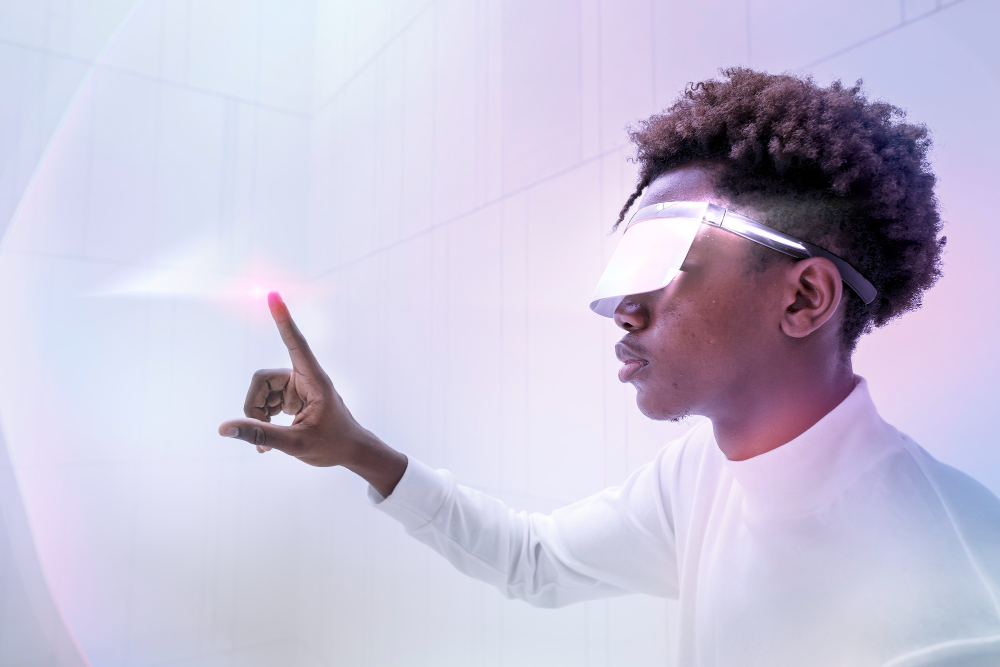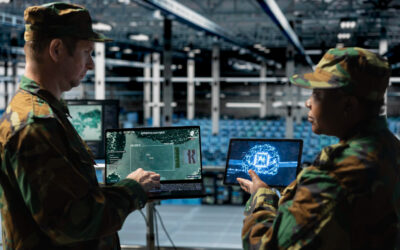It is very important to analyze the criticisms of Raymond Kurzweil’s predictions in order to have a complete perspective on his ideas. Although he is a visionary with a track record of accurate predictions, he has also faced criticism and skepticism from scientists, technologists, and other thinkers. Below, we explore some of the most common criticisms:
Overestimation of the pace of technological progress:
The first criticism regarding the pace of technological progress is the so-called Exponential Growth Curve: Kurzweil relies on the idea of an “exponential growth curve” for technological development, arguing that progress accelerates more and more. However, some critics point out that this curve does not always hold in all areas of technology, and there are physical and practical limits to exponential growth.
The second criticism concerns the complexity of AI: While Artificial Intelligence has advanced significantly, some experts argue that the creation of general AI, with cognitive abilities comparable to humans, is a much more complex problem than Kurzweil suggests. They point out that we still do not fully understand how the human brain works, which makes its replication in machines difficult.
Lack of empirical evidence for the Singularity:
The first criticism here is the hypothetical nature of the Singularity: The Technological Singularity is a hypothetical concept, and some critics argue that there is no solid empirical evidence to support its occurrence. They point out that Kurzweil relies on extrapolations of current trends, but the future is inherently uncertain.
The second criticism within this grouping is the difficulty in predicting disruptive advances: Disruptive technological advances are, by definition, difficult to predict. Some critics argue that Kurzweil assumes a linear continuity in technological progress, without considering the possibility of unexpected changes or the emergence of new technologies that could divert the current trajectory.
Certain ethical and social implications:
The risks of advanced Artificial Intelligence: Some critics express concern about the potential risks of superintelligent AI, including the possibility that it could become uncontrollable or be used for malicious purposes.
Inequality and access to technology: The technological transformation Kurzweil predicts could exacerbate social inequalities if access to new technologies is not distributed equitably. This could create an even greater gap between the rich and the poor. Recently, this issue has been brought to the table and is beginning to be discussed, precisely because it is generating – something that is already becoming clear – an additional gap within the differences marked between the rich and the poor.
Impact on employment: AI-driven automation could have a significant impact on employment, displacing human workers in various industries.
Specific criticisms of his predictions:
Specific dates: Some critics point out that Kurzweil has given specific dates for some of his predictions that have not been met, which calls into question the accuracy of his methodology. However, Kurzweil argues that his dates are approximations and that the important thing is the general trend.
Emphasis on immortality: The idea that technology will enable immortality has been met with skepticism. Some critics argue that this ignores the biological and physical limitations of the human body.
He is also accused of having a certain deterministic approach:
Some critics accuse Kurzweil of having a deterministic approach, assuming that technological progress is inevitable and will follow a predetermined trajectory. They argue that the future is the result of multiple factors, including human decisions, economic factors, and unforeseen events.
Kurzweil’s response to the criticisms:
Kurzweil responds to many of these criticisms by arguing that:
- His predictions are based on a rigorous analysis of technological trends.
- History shows that predictions about the future are often underestimated.
- It is important to have an optimistic view of the future to drive innovation.
In conclusion, it is important to consider the criticisms of Kurzweil’s predictions to have a balanced view. While he is a visionary with significant contributions, his ideas are not without debate. The future is uncertain, and it is essential to analyze different perspectives to understand the potential implications of technological advancement.






0 Comments